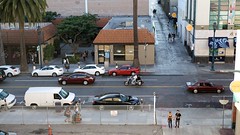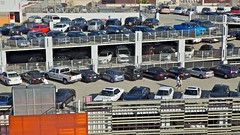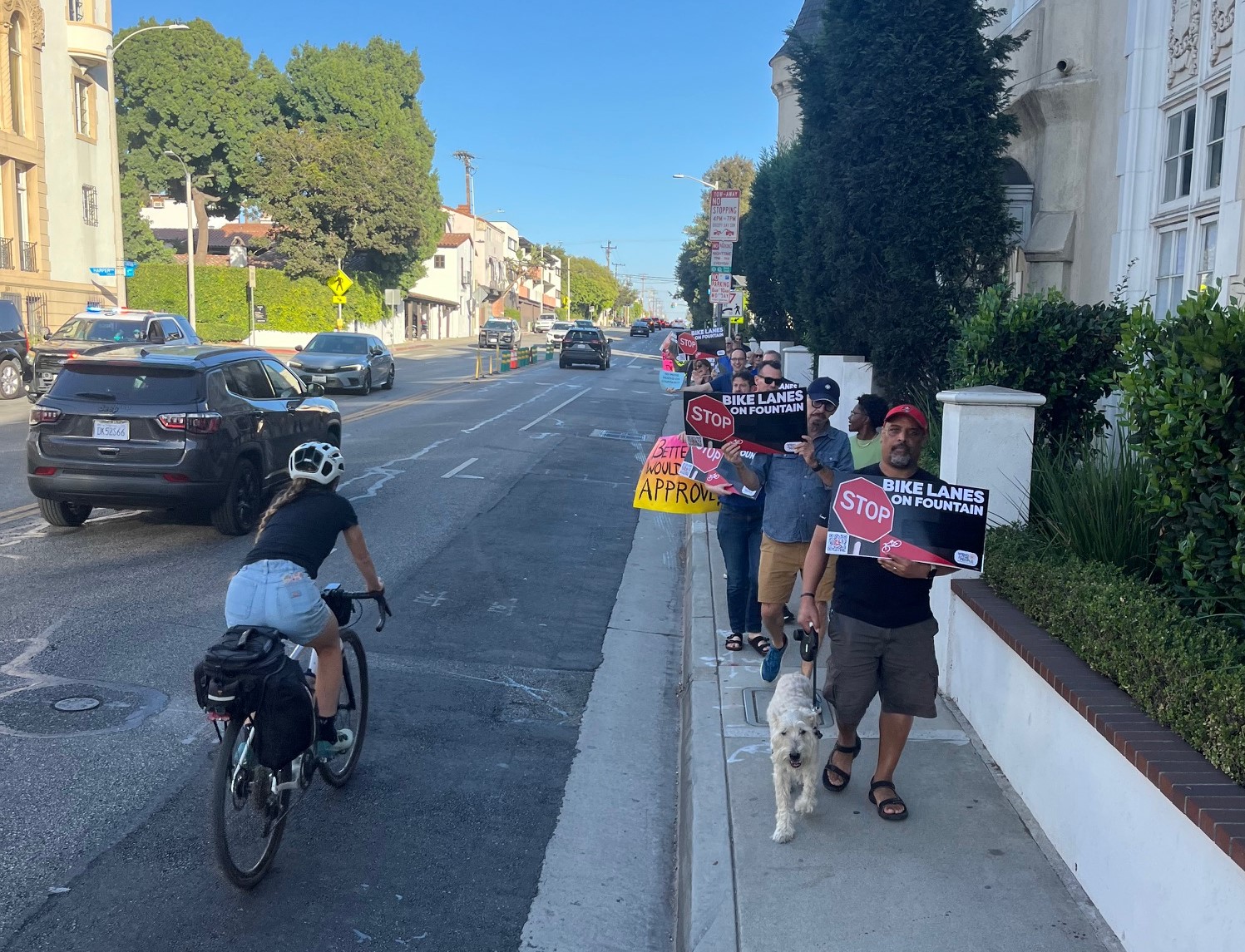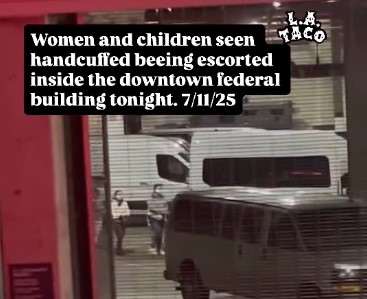If you were to summarize the biggest complaint of Santa Monicans and many Westsiders in one word, that word would probably have to be traffic. With no other subject but auto-traffic congestion do I encounter so much heated rhetoric, nor as many entirely contradictory messages about what’s causing it and what to do about it. So I thought it would be helpful to address some of the most common things I hear but which I feel are misunderstandings of how traffic really works.
First of all, I feel the extent that traffic is overwhelming the city is frequently exaggerated. Cries that the whole city is gridlocked generally really mean a few key areas and intersections at peak times are gridlocked. From the vantage point of riding a bike and having to negotiate space with hurling boxes of metal, my biggest complaint in Santa Monica is how much speeding there is; both when riding for work, as well other times and trips.
The traffic congestion cannot be quite so bad as the soul crushing force trapping people in their homes, as is often described, and be so open that people routinely drive above the speed limit at the same time. Try driving a car the posted limit of 25mph on Broadway Ave. for any length of time, and see how long before you get people riding your bumper, honking or attempting to illegally pass.
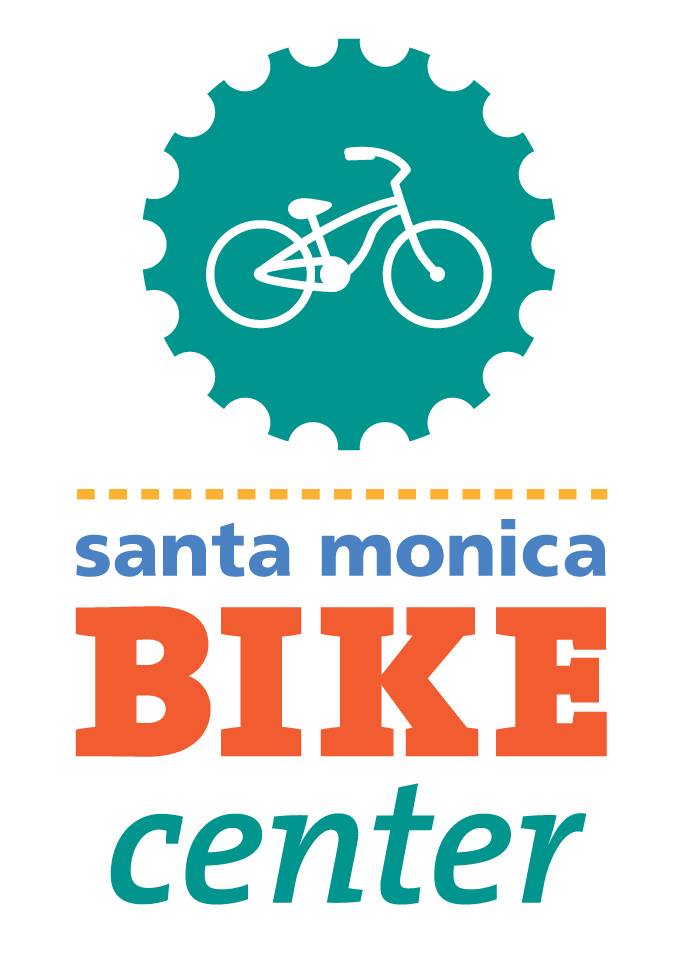
There are some serious traffic jams in Santa Monica, but if we are going to address that matter, we need to understand root causes and the good that is associated with traffic congestion.
Yes, the good.
Traveling to various places in the country in recent years, I have encountered a number of small cities and towns that essentially solved their traffic congestion problem, but in part by utterly killing their downtowns and Main Streets, or bringing them to the brink of collapse. Michigan City Indiana is an example of such a place, where large one-way streets pump cars through the small downtown without delay, but it felt like more store fronts were closed than occupied by any business.
The Atlantic Cities recently published a story about the strong correlation between GDP growth and traffic congestion, which seemed to contradict one of the prevailing lines of thought that calculates all traffic delays as productivity losses against our economy. Now this correlation could easily be pulled out of context to suggest if we simply add more cars to a city’s grid it will be good for the economy. That would be an oversimplification and is not the case.
What’s important is the flow of goods and services, regardless of transportation mode. It just so happens a strong economy in the U.S. is often accompanied by a lot of congested cars. After reading this, and another recent study from Oregon with a slightly different take, the conclusion I've drawn is that solving traffic congestion by killing traffic congestion alone can lead to a weakening of the local economy. However a reduction in driving which corresponds with a mode shift, more people on foot, bikes and transit, allows for driving reductions and congestion relief which does not negatively impact economic activity.
When it comes to the intersection of talking traffic congestion and parking policy, many people, and many local commentators, can be found making entirely incompatible, contradictory statements. Take for example Bill Bauer, and his weekly column for the Santa Monica Daily Press. He’ll accuses the city of trying to "chase away business" with parking rates in his most recent column, but a few weeks before that he complained about how too much business causes delays. Donald Shoup, parking economist extraordinaire, often refers to free parking as a “fertility drug for cars.” Paradoxically many of the same Santa Monica voices complaining the loudest about there being too much car traffic are frequently the same people who want more free parking.
The often misunderstood relationships between parking availability, pricing, and policy, and of traffic congestion, is a classic example of people wanting to eat their cake and have it too. If we are going to form any kind of coherent public consensus about traffic mitigation and policy, it's essential to debunk fantastical thinking with no basis in reality. Traffic congestion can get to be an emotional topic, and I can sympathize with the frustration inherent to feeling stuck in traffic delays. But we aren't going to get to any solutions purely from emotionally driven frustrations. We've got to step back, zoom out a little, and grasp what's really going on.
In part two I’ll visit some more common fallacies about Santa Monica traffic, many of which are applicable to traffic debates in any city.
